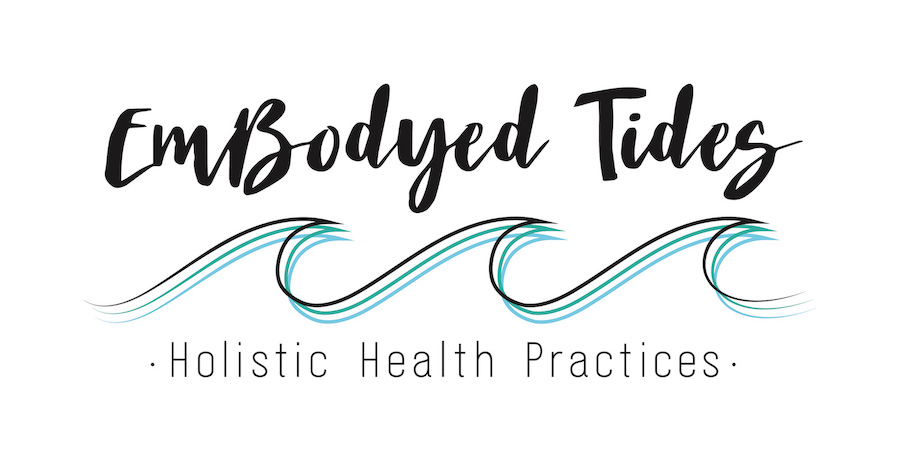In today’s world – we are constantly aroused/expended. Think about it: work, family, friends, school. Electronics might have their own category altogether –> phones, computers, tablets, social media overload. The very light emitting from my screen as I type this, is likely interfering with any opportunity I have to wind-down just before bed. We’re always plugged in. Always turned on.
So, if this is the case, the amount of energy we are constantly putting out may not be able to compete with the value of sustaining energy within. Especially if we’re not focused on our ability to do so. How often are you bustling about your day, with everything going on and simultaneously feeling concerned that despite everything you’ve accomplished, therein lies self-doubt? Like it wasn’t enough? Perhaps in pondering these very questions, you might have mentally or physically noticed a shortness to your breath. Maybe you even held it as you contemplated the answers. This shallow disposition may have only allowed the inhale or exhale to make its way to the bottom of your throat, rather than low and deep in the belly.
The breath. What a powerful tool we have at our disposal; what an oft forgotten method of helping to quiet the pangs of shame, self-doubt or panic in our day-to-day life. I wonder if you take time this week then to engage in a little experiment. When you encounter such a moment – a period of questioning your “enoughness” – find where your breath lies. Think of it now in order to get started. How deep in the torso can you feel your inhales and exhales? Allow yourself to recognize this natural rhythm with as little judgment as possible. Just take notice of it …
In counseling, we greet clients who experience a range of mental health and wellness issues that usually affect or are affected by the breath. This happens to us as therapists, too! Anxiety is one of the most common mental health symptoms; I am often working with clients on how to breathe deeply, more slowly and fully. If you consider a panic attack for example, the breath is shallow and quick, often stunted by way of intense bursts of fear or worry that accompany someone’s present or past situation (e.g. a person, event, flashback or other trigger). Through mindful breathing exercises, and with consistent practice, s/he becomes able to achieve a more palpable coping skill that encourages the parasympathetic nervous system, allowing one to calm or relax the mind, and also the body.
Of course, there is a plethora of mindfulness and breathwork available to us, which is a true gift. Though it can feel redundant and overwhelming to research. I recently read a wonderful text by psychiatrists Dr. Richard Brown and Dr. Patricia Gerbarg, titled The Healing Power of the Breath. They lay out in an accessible and progressive way, some of the different techniques in exploring how to use your breath, from a voluntary standpoint even amidst at some times, involuntary circumstances (e.g. relationships, work, self-reflection). They offer methods that transcend disciplines and across Eastern and Western philosophies, such as Coherent, Resistant (in yoga known as ‘Ujayi’), and Total breath. Highly recommended book.
In yoga, the use of breathwork known as Pranayama, is a component that can be cultivated during āsana practice and in preparation for meditation, as one works towards quieting the mind. Different pranayamas range in their intensity and adaptability to the student’s current needs. If you have studied yoga, you might have also heard of the term mantra, which broken down is defined as “tool for thought.” Perhaps you’ve attended a class when the instructor offered up space for you to set an intention. To set an idea for yourself during the practice on which to reflect while coming to the mat. The mantra of “Inhale, Let; Exhale, Go” is one such mantra that I find can be helpful for me as much off the mat as on. Driving in traffic: inhale, let; exhale go. Fighting – or better yet, resisting to fight – with my toddler: inhale, let; exhale go. Combatting the daily mind chatter known as my ego: inhale, let; exhale go.
Play around with your breath and its natural rhythms. Work towards elongating and steadying it consistently during times of relaxation. Allow that effort to serve you during times of struggle. Take the time to practice it, and don’t doubt your abilities to incorporate it in some way that helps you. Slow down. Unwind. Breathe.
(Author’s note: Consult your doctor before practicing any breathing exercises, as current or possible health-limiting issues may be impacted.)
